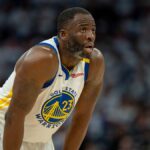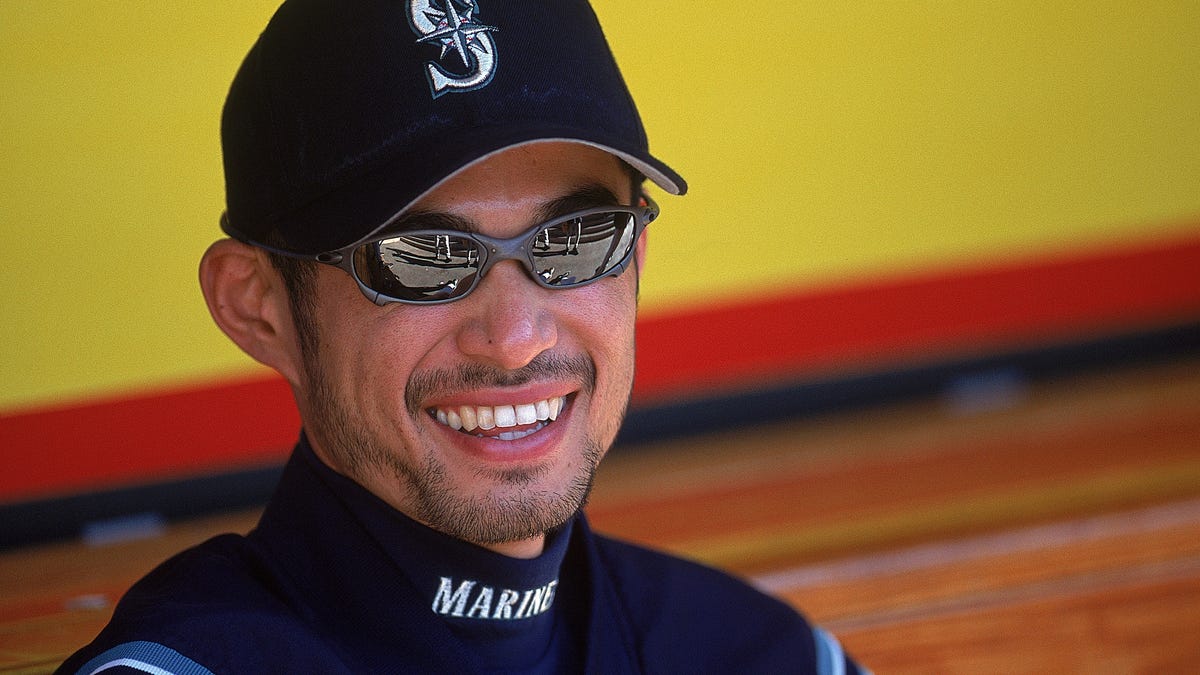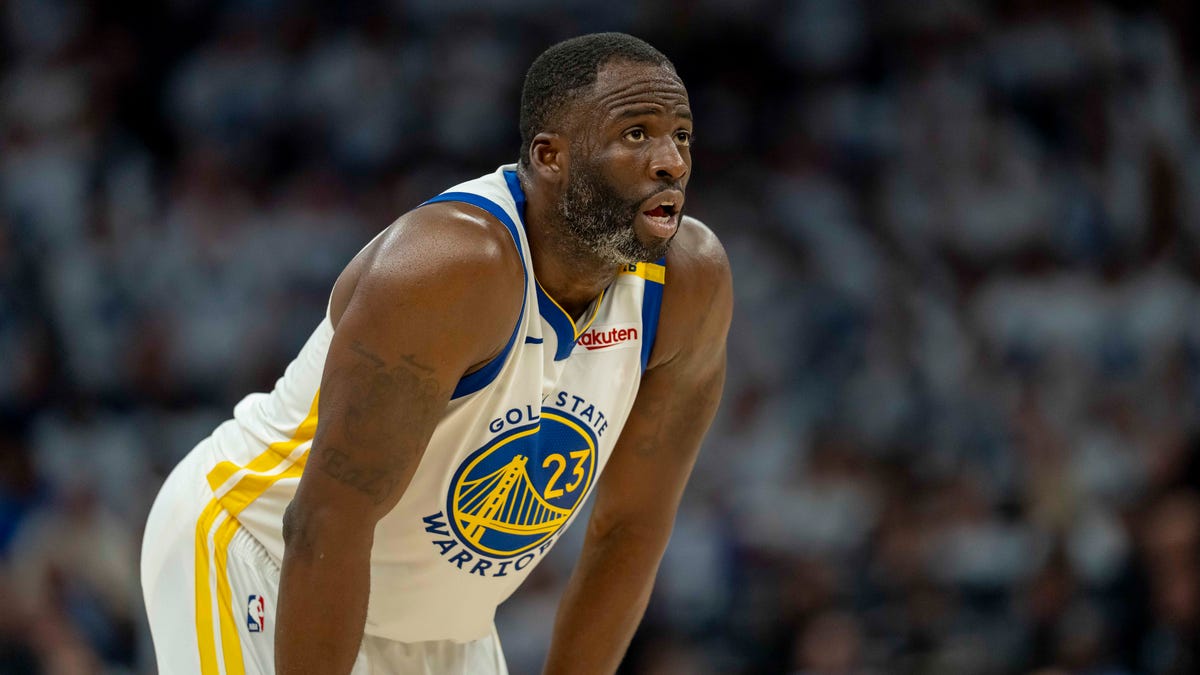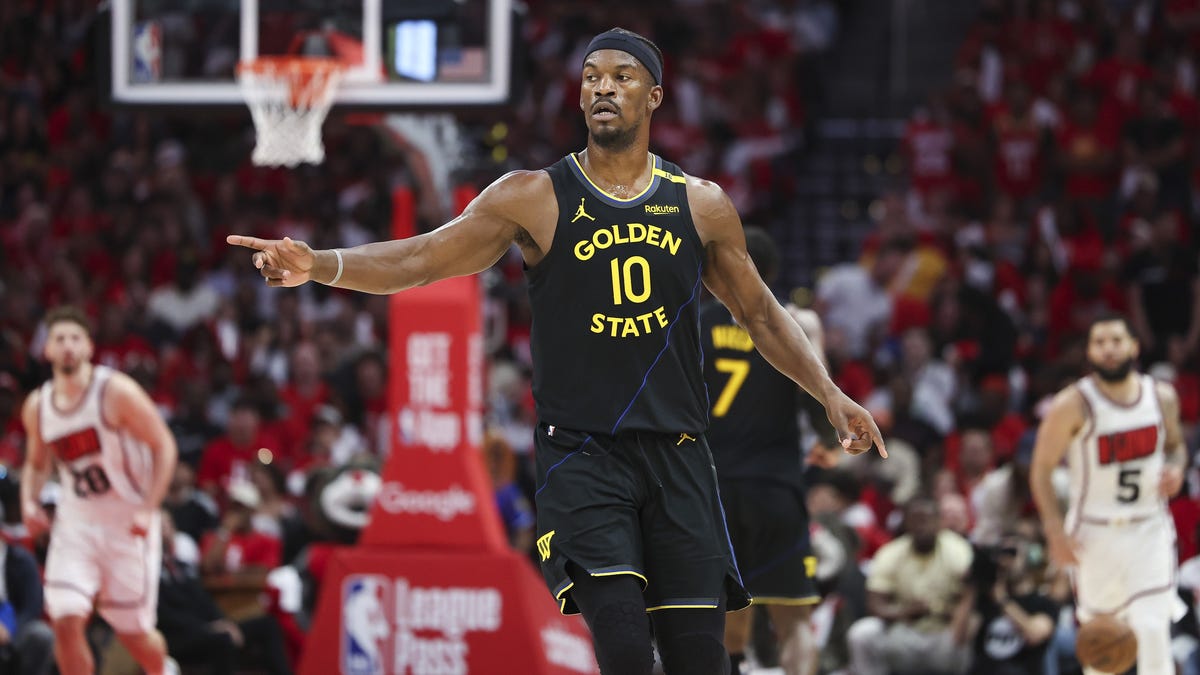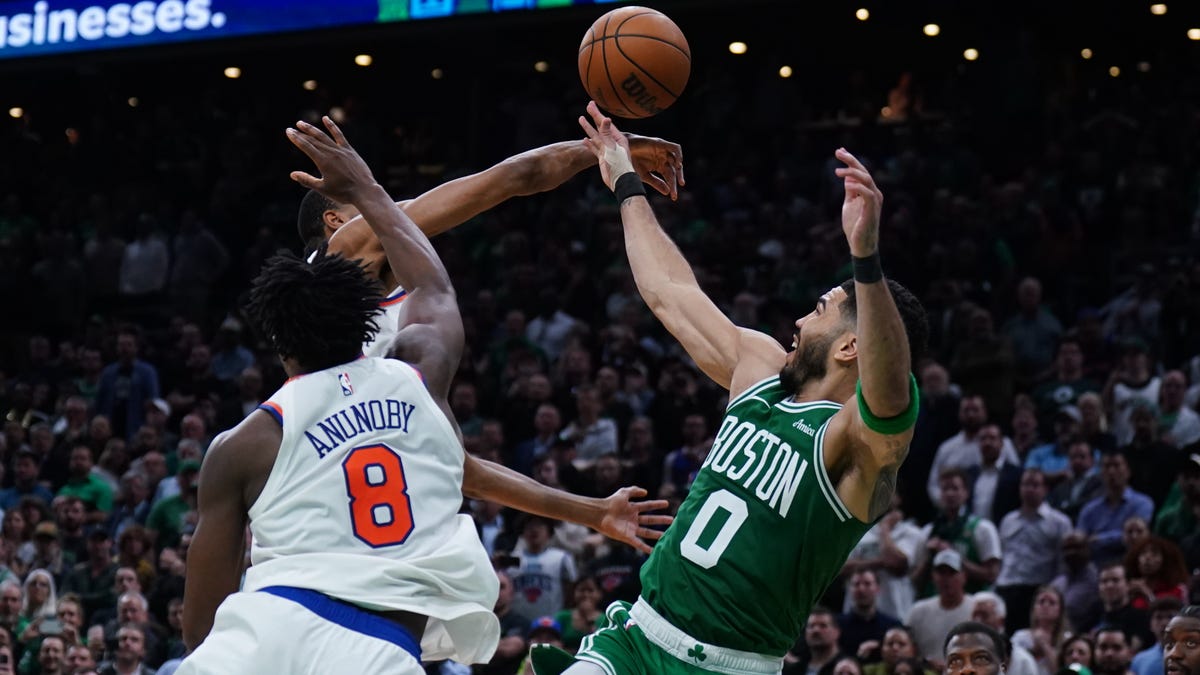
Dodgers fans reflect on legacy of Fernando Valenzuela
The Los Angeles Dodgers and their fans gathered to celebrate their 8th World Series title, but took time to reflect on the impact of Fernando Valenzuela.
It’s tempting to say Ichiro Suzuki, with his detached sense of cool, record-breaking hitting prowess and 28 seasons of excellence on both sides of the globe, was made for the Baseball Hall of Fame.
Probably more accurate to say the Hall of Fame was made for him.
Cooperstown will get what amounts to its perfect inductee this summer when Suzuki, the batsman nonpareil whose greatness was cemented largely through 14 fantastic seasons with the Seattle Mariners, earns induction into the game’s ultimate shrine.
Oh, we can bat around, as a matter of course, the probability that he gets in, and perhaps more germanely compare how he stacks up to previous honorees. Yet Suzuki is incomparable in so many ways. No, not that he’s necessarily “better” than Babe Ruth or Willie Mays or Roberto Clemente.
He’s simply singular, as his Cooperstown dossier shows.
The case for Ichiro Suzuki
Hall of Fame regulations state a player “must have played in at least 10 Major League championship seasons,” along with the five-year wait after retirement, to qualify for consideration.
Suzuki the major leaguer blows away that requirement: He spent 19 years in the big leagues.
Yet consider this: Suzuki did not make his major league debut until he was 27, almost absurdly long in the tooth for a player just beginning what would become a Hall of Fame career stateside.
There are anomalies in the Hall, to be sure, such as pitcher Satchel Paige, who was believed to be 42 when he first pitched in the major leagues for Cleveland in 1948 after two decades in the Negro Leagues.
Suzuki? He already had a career even before he set foot in Safeco Field: Seven seasons of dominance in Japan’s top league, where over nine seasons with Orix he produced a .353 batting average, a .421 on-base percentage and a .943 OPS.
Next stop: The Seattle Mariners. And sitting here, in the year 2025, it’s easy to surmise that what happened next over Suzuki’s next lifetime in the major leagues wasn’t too surprising.
Yet in 2001, Japanese impact players in the bigs were entirely pitchers, with Hideo Nomo shooting to superstardom a few years earlier. But hitters? Ichiro was MLB’s first Japanese-born position player.
Hideki Matsui wouldn’t arrive in the Bronx for another two years. Shohei Ohtani was nearly two decades away from his fairly regular 40-homer campaigns, to go along with his pitching. Suzuki, perhaps generously listed at 5-foot-11, 175 pounds, might just have the bat knocked out of his hands by those big, bad (and, at the time, PED-ingesting) American pitchers.
Yeah, about that.
Suzuki’s 2001 season remains one of the most marvelous campaigns in baseball history, as he banged out a majors-best 242 hits, also led all comers with 56 steals and won the AL batting title with a .350 average.
Any questions?
Suzuki was both Rookie of the Year and MVP that season, the start of a 10-year streak of 200-hit seasons. In 2004, he’d paint his masterpiece, smacking 262 hits to break George Sisler’s 84-year major league record. Suzuki would bat a career-best .372, leading all of baseball, and post a career-high 9.2 Wins Above Replacement, leading the AL during a juiced offensive environment.
His final total? A lifetime .311/.355/.402 line, and 3,089 hits – even after that late start. Sure, there’s no trophy for this distinction, but Suzuki’s 4,367 hits between Japan and the big leagues give him a plausible claim as the game’s true Hit King.
The case against
As Suzuki wielded his bat like a wand, the scuttlebutt around the game was always that he could convert his left-handed stroke into a more vertical, power-driven approach and easily tally 25 to 30 home runs a year, maybe win a Home Run Derby. Tony Gwynn, similarly statured at 5-foot-11 and 200ish pounds, spoke of conversations with Ted Williams where his predecessor beseeched him to pull the ball more often.
Gwynn applied that concept later in his career and, at 37, combined a .372 average with a career-best 17 home runs. Suzuki never took the wraps off any real or imagined power game, hitting a career-best 15 home runs in 2005 and landing on single-digit dinger totals in nine of his first 12 big league seasons.
That resulted in relatively pedestrian adjusted OPS numbers for a player with such a sublime batting average. By 2008, when Suzuki batted .310 and again led the major leagues with 213 hits, his picayune power numbers – 20 doubles, seven triples, six home runs – left him with a near league-average 102 adjusted OPS.
While only the most cynical analyst might consider Suzuki’s lifetime .311 batting average as “empty” due to the massive amount of singles comprising his diet, his career adjusted OPS ended up just 107, although it was a more solid 113 during his first dozen major league seasons.
X factors
Just how does one weigh Suzuki’s Japanese service? Again, it’s a question largely immaterial to Suzuki’s Hall case, but it’s worth exploring for the purpose of contextualizing his greatness. Certainly, there was a drop down in competition, but consider that Suzuki posted five seasons of 179 to 210 hits while playing 130 to 135 games in the NPB’s shorter season.
Such analysis might become moot in the future, what with young Japanese stars exploring earlier leaps to Major League Baseball, such as Rōki Sasaki’s agreement with the Los Angeles Dodgers, or Japanese high school home run king Rintaro Sasaki enrolling at Stanford one year ago.
Voting trends
Suzuki has been named on all 167 ballots made public and caught by Ryan Thibodaux’s Hall of Fame voting tracker in this, his first year on the ballot.
Outlook
Suzuki is virtually guaranteed election on his first ballot. And clearly, he has a strong chance to become the first position player elected unanimously.
The USA TODAY app gets you to the heart of the news — fast. Download for award-winning coverage, crosswords, audio storytelling, the eNewspaper and more.





